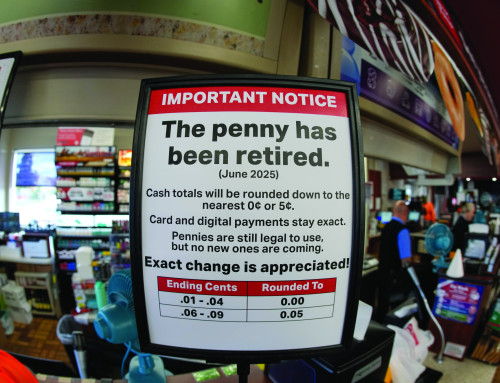BISMARCK, N.D. (AP) — A multistate carbon capture pipeline began operating in September, reducing emissions from Midwest ethanol plants and carrying that carbon dioxide gas to be forever buried underground in Wyoming, an achievement after years of complaints, lawsuits and legislation blocked similar efforts by other companies.
Other projects prompted intense opposition, including one that has run up $1 billion in spending with no guarantee of success, but the Tallgrass Trailblazer Pipeline is being praised. The reason: community negotiations and financial support.
“I wish all energy companies would treat communities with a lot more respect like Tallgrass did,” said Jane Kleeb, whose group Bold Nebraska has fought other carbon capture and oil pipelines.
The Tallgrass pipeline has started moving emissions from 11 ethanol plants in Nebraska and one in Iowa to a site in southeast Wyoming, where the greenhouse gas will be buried 9,000 feet underground.
The fermentation process to convert corn into fuel releases carbon dioxide. By capturing it before it’s released into the air, plants can lower their carbon intensity score, making the ethanol more attractive for refinement into so-called sustainable aviation fuel — a market some believe could climb to 50 billion gallons annually.
The Midwest-based ethanol industry sees jet fuel as essential to its future, offsetting expected declines in demand for motor vehicle fuel as more drivers switch to electric vehicles.
The federal government encourages carbon capture through lucrative tax credits to pipeline operators. The Biden administration wanted to encourage a practice that could reduce greenhouse gas emissions and the Trump administration has let the credits continue.
“If an ethanol plant captures the carbon, it lowers their carbon index and they become a low-carbon fuel, and there’s a premium for that,” said Tom Buis, CEO of the American Carbon Alliance, a trade group. “And they can also produce sustainable aviation fuel out of it. Sustainable aviation fuel is a huge, gigantic market just waiting for someone to step forward and take it.”
Tallgrass had one big advantage at the starting point: It converted an existing natural gas line.
The natural gas was put on a different pipeline as Trailblazer was retrofitted. The company built branches off the 400-mile mainline to connect to ethanol plants.
Tallgrass also took pains to engage with communities along its route.
The company worked with people to get its project done “instead of trying to push it down our throat,” said Lee Hogan, chairman of the Adams County commission in Nebraska, whose home is a half-mile from the pipeline.
It helped that Tallgrass worked with Bold Nebraska, a citizens group, to create a community investment fund that will make annual payments to organizations related to early childhood development, Medicaid-eligible senior care and food pantries.
Tallgrass will make an initial $500,000 contribution followed by annual payments based on 10 cents per metric ton of carbon dioxide sent through the pipeline. The Nebraska Community Foundation, which will manage the fund, expects more than $7 million will be given out through 2035 across 31 counties in four states.
It’s a unique arrangement, and a possible template for future projects, said Nebraska Community Foundation leader Jeff Yost.
“I’m just really impressed that folks that could have just approached this purely as opponents have come together to find a really productive middle ground,” Yost said.








